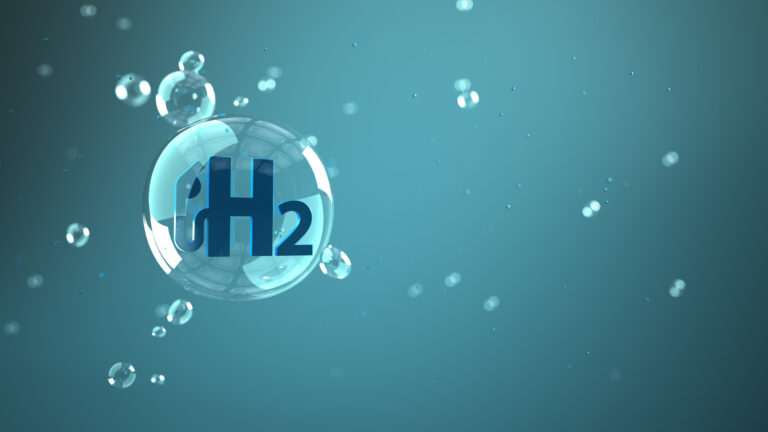Fraunhofer Institutes Innovate with Tandem Modules to Enhance Photocatalytic Water Splitting Efficiency, Paving the Way for Decentralized Green Hydrogen Supply
In the quest for future energy sources that avoid CO2 emissions while ensuring a stable supply, hydrogen is pivotal. The Fraunhofer joint project “Neo-PEC” is developing a tandem module to generate green hydrogen directly from sunlight in a cost-effective and clean manner, enabling decentralized hydrogen supply. This process, known as Photo Electro-Catalytic (PEC) water splitting, mimics natural photosynthesis. Sunlight generates electrons and holes in a semiconductor absorber material, such as titanium oxide particles in an electrolyte, driving a chemical reaction that forms hydrogen and oxygen.
A more advanced setup uses an illuminated n-type semiconductor layer for oxygen production and a platinum counter electrode for hydrogen, spatially separating the water and oxygen production. The “Neo-PEC” project aims to create a tandem cell with two half-cells, potentially achieving over 25% efficiency in photocatalytic water splitting by utilizing different parts of the solar spectrum. However, current simple tandem cells achieve only about 1% efficiency due to semiconductor quality, contact structures, and degradation issues.
The project seeks to bridge the gap between the 1% and the 19% efficiency already demonstrated with complex structures and expensive materials. By optimizing the system and utilizing advanced PVD processes, the Fraunhofer Institutes aim to develop high-quality, durable semiconductors. The collaboration includes expertise in sputtering target production, thermal treatment, photoelectric characterization, and large-scale demonstrator construction. Initial results show promising photocurrent measurements, though further improvements are needed.
Read the full article here.

